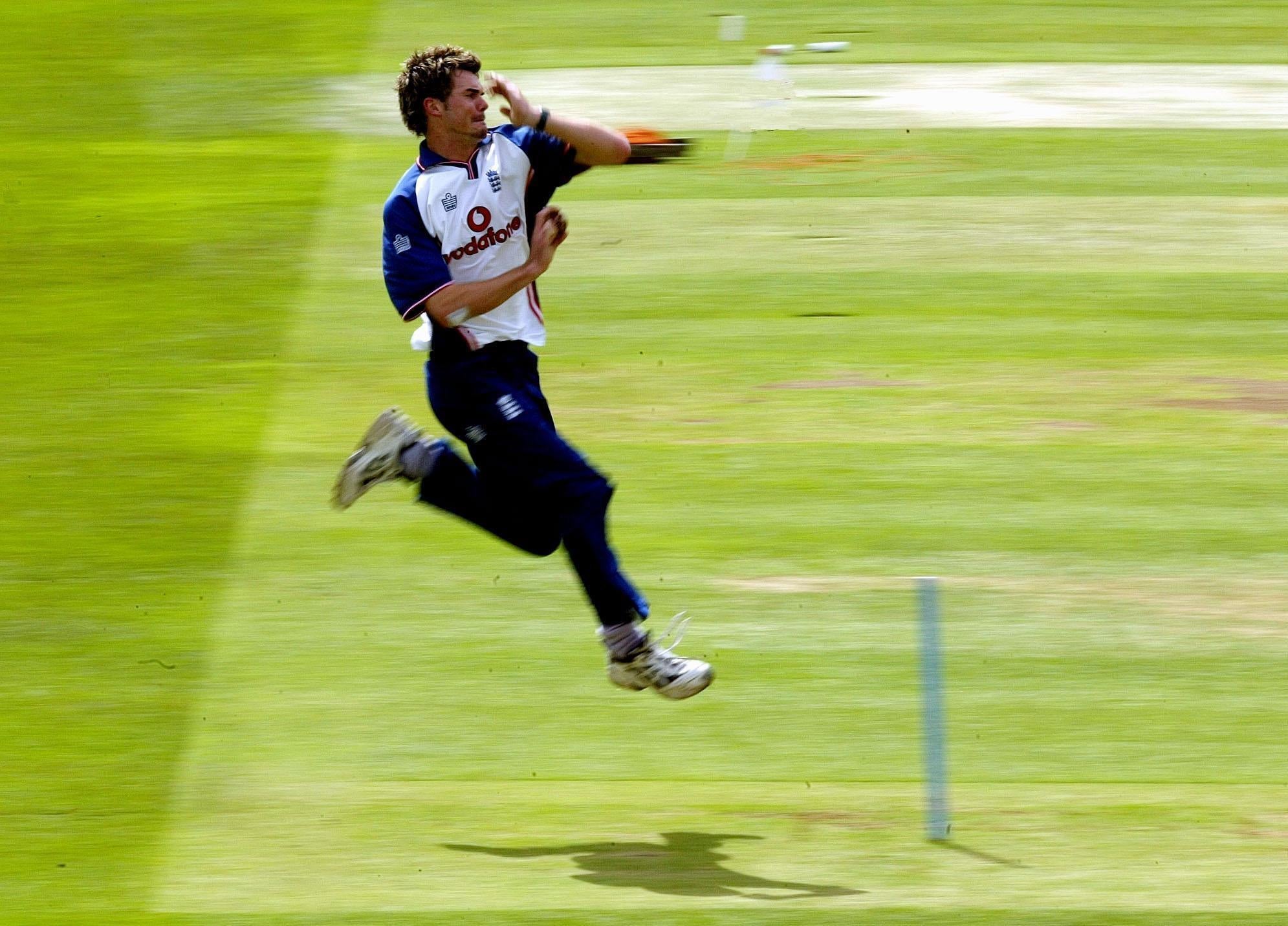‘I thought I wasn’t good enough’ – James Anderson recalls nerves on 2003 debut
The fast bowler is preparing to unseat Sir Alastair Cook as England’s most capped Test cricketer.

As James Anderson prepares to unseat Sir Alastair Cook as England’s most capped Test cricketer he has admitted being racked by self-doubt on his 2003 debut, recalling: “I thought I wasn’t good enough.”
With the small matter of 616 Test wickets in his back pocket – more than any other Englishman or any other seamer in history – it is clear his worries were emphatically wide of the mark. But while his quality has long been undisputed, his continued longevity remains a marvel.
When Cook walked away after 161 appearances in 2018 few would have predicted it would be his old friend Anderson who would knock him off his perch. Put simply, fast bowlers who retain the requisite hunger and skill tend to find their bodies let them down.
But at the age of 38, and another birthday around the corner next month, Anderson is fit and firing as he gets ready for Thursday’s second Test against New Zealand at Edgbaston.
The baby-faced youngster who shared his first new ball with Matthew Hoggard against Zimbabwe at Lord’s could hardly have dreamed he would still be going 18 years later. Although he would go on to a take a five-wicket haul in his first innings on the big stage, Anderson’s initial spell contained a solitary wicket but a few more nagging concerns.
“I thought I wasn’t good enough,” he recalled in blunt fashion.
“I thought it was a huge step up from county cricket. My first ball was a no-ball so there were a lot of nerves there and I did feel like this was maybe a step too far for me at that point. I remember Nasser (Hussain, captain) didn’t have a fine-leg for me and I went for quite a few runs. I think I cleaned up the tail in that game.
“It took a few years. No disrespect to Zimbabwe but playing against teams like South Africa and Australia and India – once you put in performances against the top teams in the world, that’s when you can feel like you can actually perform at that level. So it did take a few years and a few tours around the world to make me think I could actually do it.”
I’ve overcome little hurdles throughout my career and they’ve made me stronger.
Anderson has mostly avoided career-threatening injuries, but his biggest hurdle came when a stress fracture ruled him out for the majority of the 2006 season. Although a tough pill to swallow at the time, the break allowed him to escape from attempts to remodel his bowling action and he eventually reverted to his original methods with record-breaking results.
“I’m proud of the fact that I’ve overcome little hurdles throughout my career and they’ve made me stronger,” he said.
“The stress fracture was like hitting the reset button I guess. I’d gone through a lot of changes in my action before that and that stress fracture was probably a godsend. It made me go back to my old action and since then I’ve felt really comfortable and got more consistent. That’s really helped me and makes me feel proud I got stronger from that and never looked back.”
Another turning point was the Wellington Test in 2008, when Anderson and Broad were recalled to lead the attack against this week’s opponents. They took the places of Steve Harmison and Hoggard – the 2005-Ashes winning axis – in a what is now seen as a significant changing of the guard moment.
The pair shared 10 wickets in the match and went on to form one of the game’s greatest and most evergreen partnerships.
“We both look back on that Test with great fondness,” said Anderson.
“I think it was a proper starting point in our Test careers. Peter Moores, the coach at that time, showed that confidence in us because he left out two senior bowlers who’d been extremely influential in the England side up until that point. He brought us in and gave us that responsibility, showed that faith in us.
“We still look back on that with great fondness and we’ve enjoyed every minute of it. Hopefully there will be a few more memories to come.”
Bookmark popover
Removed from bookmarks